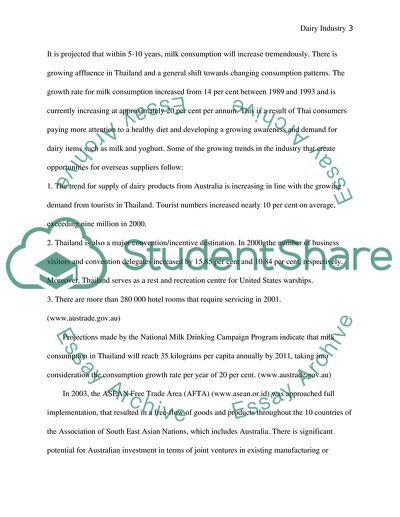Cite this document
(Dairy Industry and Its Quality Issues Research Paper, n.d.)
Dairy Industry and Its Quality Issues Research Paper. Retrieved from https://studentshare.org/marketing/1744725-quality-issues-in-the-dairy-industries
Dairy Industry and Its Quality Issues Research Paper. Retrieved from https://studentshare.org/marketing/1744725-quality-issues-in-the-dairy-industries
(Dairy Industry and Its Quality Issues Research Paper)
Dairy Industry and Its Quality Issues Research Paper. https://studentshare.org/marketing/1744725-quality-issues-in-the-dairy-industries.
Dairy Industry and Its Quality Issues Research Paper. https://studentshare.org/marketing/1744725-quality-issues-in-the-dairy-industries.
“Dairy Industry and Its Quality Issues Research Paper”, n.d. https://studentshare.org/marketing/1744725-quality-issues-in-the-dairy-industries.


